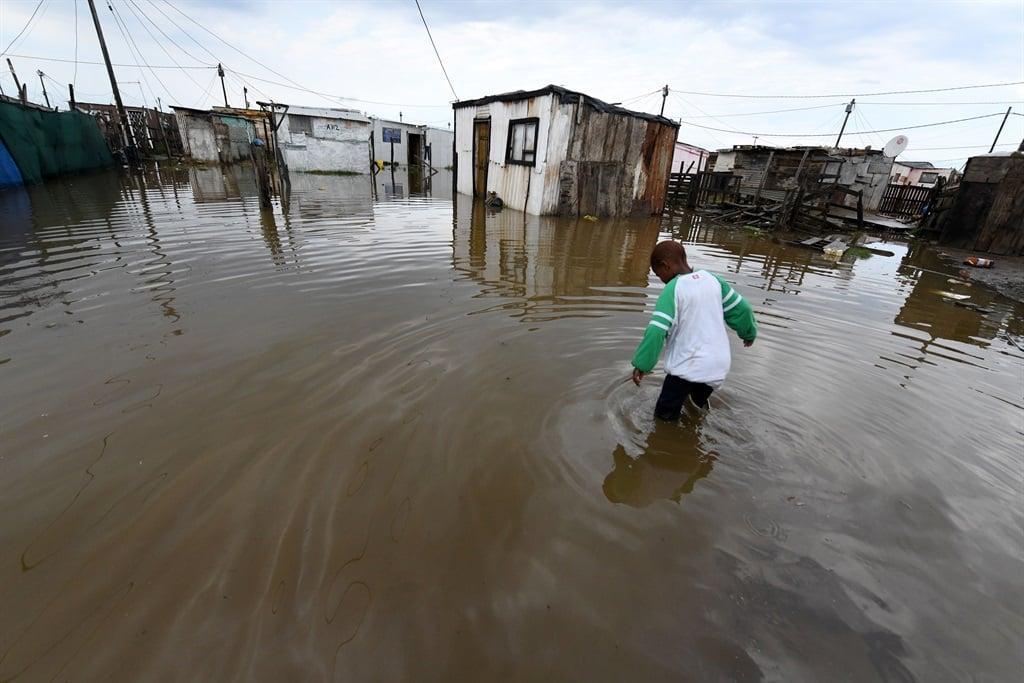Africa-Press – South-Africa. A town on the KwaZulu-Natal South Coast received more than 700% of its normal rainfall in June. But it’s only one town across numerous provinces to experience increased rainfall last month.
Paddock in KwaZulu-Natal usually had around 40mm of rain in June, according to the South African Weather Service (SAWS). But last month, it recorded more than 322mm. It was among the towns in the Ugu District Municipality that were lashed with rain last during recent storms.
Margate, just over 20km away, received 161mm of rain for the month.
News24 previously reported that seven people died, with another seven reported missing, during the downpours in Durban and the South Coast.
According to the Department of Cooperative Governance and Traditional Affairs (Cogta), six of the victims were from Durban, with another peron having died on the South Coast.
KwaZulu-Natal was just one of the provinces affected by heavy rains and flooding in June.
In the Northern Cape, four people died when they were swept away by a flooded Buffels River in the Namakwa District Municipality.
The rainfall caused extensive flood damage and left the Kamiesberg, Nama Khoi, and Richtersveld municipalities cut off.
The area had been experiencing a drought for the last year.
According to the SAWS, Port Nolloth in the Richtersveld Local Municipality received 22mm of rain, 222% of its normal rainfall.
In the Kamiesberg Local Municipality, Garies received 58mm of rain (213% of the normal amount), Hondeklipbaai 62mm (376%) and Kamieskroon 119mm (271%).
In the Nama Khoi Local Municipality, Springbok received 107mm of rain in June, while Steinkopf received 55mm.
The Western Cape’s West Coast and Cape Winelands also experienced significant rainfall and flooding in June. The flooding left Citrusdal cut off from the rest of the province and resulted in two deaths.
In the Cederberg Municipality, Citrusdal recorded 283mm of rain in June, and Clanwilliam recorded 129mm. In the Matzikama Local Municipality, Lutzville recorded 66mm of rainfall (300% of the normal amount), and Vredendal received 77mm (307%).
Extreme weather expert, Farman Ullah, said the above-average rainfall can be attributed to multiple factors, including low cut-offs, climate change and El Niño events.
“Climate change plays a significant role in intensifying and increasing the likelihood of heavy rainfall. Studies indicate that climate change has approximately doubled the risk of such severe rainfall occurrences,” said Ullah.
He said low cut-off weather systems were common in SA during April and could also contribute to heavy rainfall.
Ullah added that above-average rainfall could be attributed to a synoptic-scale tropical low-pressure system, which were common in sub-continent African countries such as Namibia, Botswana and Zimbabwe.
“Occasionally it can reach as far as South Africa and cause widespread heavy rainfall and flooding,” he said.
For More News And Analysis About South-Africa Follow Africa-Press






